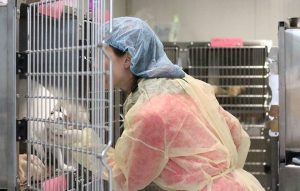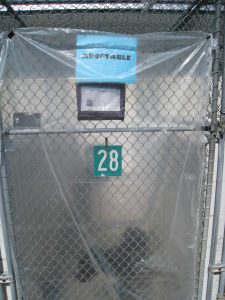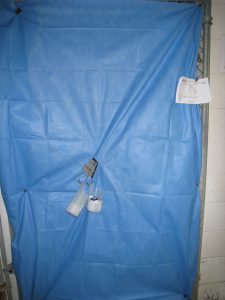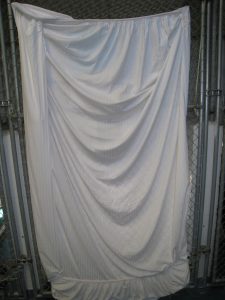Module 5: Management and Prevention of Disease Outbreaks
Isolation of Sick Animals
Prompt removal of sick animals from the general population is the single most important step in controlling a communicable disease outbreak. This significantly decreases opportunities for transmission to other animals and reduces the infectious dose in the environment. Leaving sick animals in the general population guarantees the spread of infection to others and perpetuation of the outbreak. A common and dangerous belief is that mildly ill animals are not as contagious as those that are sicker – this is a myth because the severity of the illness is more dependent on the individual animal’s response to the pathogen. Transmission of severe and even fatal infections by mildly ill animals occurs quite commonly with pathogens such as CPV, FPV, CDV, CIV, CnPnV, and FCV.

Ideally, the animals should be individually housed in a physically enclosed room for full containment of the pathogens. This is important for the parvoviruses, canine respiratory viruses, and ringworm. This is especially important for containment of aerosols generated by coughing dogs.
If the shelter does not have an isolation room, cats infected with FHV, FCV, FPV, or ringworm can be isolated in-cage in a regular ward if they can be cared for without fomite contamination of other cats. A cover over the front of the cage contains droplet fomites, ringworm spores, reduces stress for the cats, and reminds staff that the cat has a contagious disease.
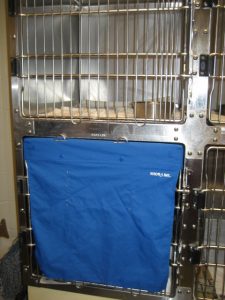
Humane housing is essential for cat health and particularly so for sick cats. Sick cats should not be housed in plastic carriers, small crates, or in a bathroom in the shelter.
Many shelters do not have an isolation room for dogs with respiratory or parvoviral infections. Although not ideal, the sick dogs can be housed in makeshift isolation runs created by covering the run doors with some impervious material. These dogs should be segregated to one end of the kennel. If possible, dogs with respiratory infections should be divided from other dogs in the kennel by several empty runs providing at least 20 feet of separation.
-
Plastic sheeting
-
Surgery drape material
-
Bed sheet
If the shelter cannot provide adequate isolation for the entire contagious period or do not have enough staff and medical resources to provide proper care, then the sick animals should be transferred off-site to other shelters, veterinary clinics, foster homes, or rescue groups with greater resources. However, foster homes and rescue groups are not the best candidates for highly contagious diseases that pose a threat to other pets in the homes, diseases requiring extensive treatment modalities other than oral medications, diseases requiring continual or frequent veterinary assessment, and pathogens that are difficult to remove from the environment.
Other alternatives to housing infected animals in the shelter include setting up a temporary shelter in an empty warehouse or a vacant county-owned facility, or renting a large fully enclosed tent used for outdoor events.
Infected animals should be isolated for the duration of pathogen shedding. Confirmation of shedding cessation can be determined by testing for the pathogen in the same manner as for the initial diagnosis. This includes the point-of-care tests for CPV/FPV antigen in fecal samples, PCR testing of swabs from the upper respiratory tract for canine and feline respiratory pathogens, and dermatophyte fungal culture for feline ringworm.
Pathogen Shedding Periods
| Pathogen | Shedding period |
|---|---|
| CDV | wks to mos |
| H3N8 CIV | <2 wk |
| H3N2 CIV | 3 wk |
| CnPnV | <2 wk |
| CPV | 2 wk |
| FPV | 2 wk |
| FHV | ≤1 mo |
| FCV | 1 to 3 mo |
| M. canis (ringworm) | wks w/ treatment |
| Strep zoo | 1 wk w/ treatment |
For CPV and FPV, virus shedding starts in the pre-clinical first week of infection and continues during the second week of infection with onset of clinical signs. Clinical recovery with treatment typically occurs within 7 days, coinciding with the end of the second week of infection and appearance of a robust immune response. Virus shedding usually cannot be detected in recovered animals by the CPV/FPV antigen tests at this time. The short 7-day response time until recovery and cessation of virus shedding, makes housing in isolation for treatment feasible for many shelters. Recovered animals with a negative CPV/FPV antigen test may be moved from isolation to adoption with low risk for spreading virus.
Many shelters have capacity for housing dogs infected with CIV or CnPnV in isolation for 2 to 3 weeks. However, housing CDV-infected dogs in isolation is challenging due to the long shedding period of many weeks to months after clinical recovery. While CDV is now considered a treatable disease from which most dogs recover, housing these dogs in isolation for the prolonged shedding time is not feasible for high density/high turnover shelters with limited housing space and staffing. This contributes to the decision by some shelters to euthanize infected dogs unless they can locate off-site housing or partner with another group to provide isolation housing during recovery. CDV-infected dogs can be serially tested with PCR to determine when virus shedding has stopped. Dogs can be released from isolation after two consecutive negative CDV PCR tests. Dogs infected with Strep zoo typically respond to appropriate antibiotic treatment within 7 days, after which they are no longer an infectious risk and can be safely moved out of isolation without further testing.
Technically speaking, cats infected with FHV or FCV should be isolated until shedding stops, but this can be 1 to 3 months after recovery in many cases. Fortunately, the risk for transmission is greatly reduced once clinical signs have fully resolved. It is far better for the health and welfare of the cat to release them for adoption once they have recovered from the clinical phase of infection than to hold them for weeks in the shelter waiting for viral shedding to stop. PCR testing of recovered cats can identify whether they are still shedding or not and this informs adopters of any steps they made need to take to protect other cats in the home.
For M. canis infection (ringworm), infected cats and in-contact cats should be isolated to reduce risk for transmission to other cats and people. Studies have shown that while not all kittens in a litter have positive Wood’s lamp exams at the same time, most of the littermates are infected by the time fluorescent lesions appear in the first kittens. Ringworm cats treated with oral antifungals and topical lime sulfur dips typically require 4 to 6 weeks for cure. The long treatment time in “ringworm isolation” directly affects kitten welfare and social skills, especially when infection occurs during the critical socialization period of 3 to 8 weeks of age. Double-compartment housing and daily enrichment during ringworm isolation are musts. If a shelter can’t house cats for treatment in a manner that provides good welfare, the cats should be sent to foster care or to a facility that can provide good welfare.
Alternatives to In-Shelter Isolation
In September 2019, Alachua County Animal Services experienced a respiratory disease outbreak in their dog population caused by canine pneumovirus. The number of sick dogs exceeded their capacity for housing in an isolation room in the shelter. The shelter director secured the use of an empty county building at the Alachua County Fairgrounds to serve as a temporary shelter for 70 sick and exposed dogs. The dogs were housed in large portable kennels and cared for by dedicated shelter staff and volunteers. Volunteers also built outdoor play areas at the Fairgrounds so that the dogs would have some space to exercise. After recovery, the dogs were adopted directly from the Fairgrounds instead of returning to the main shelter.
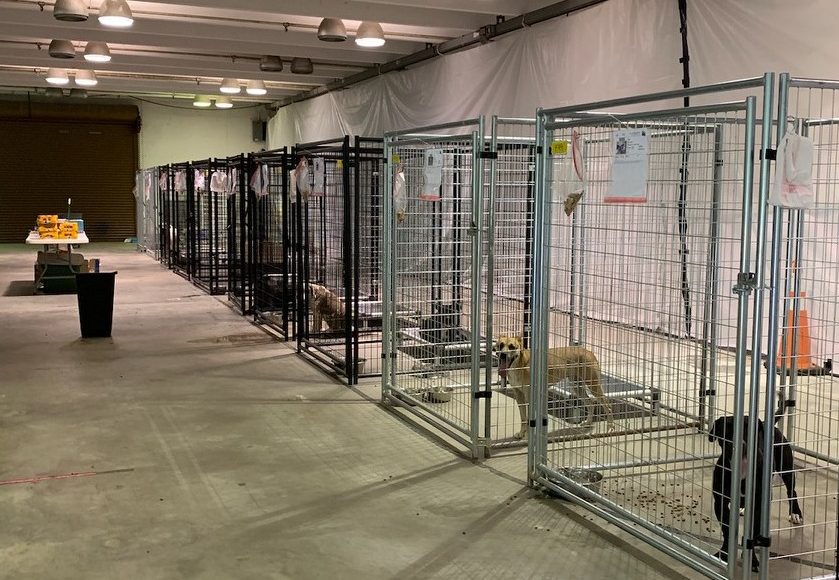
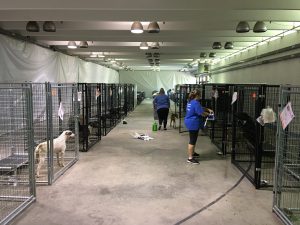
In January 2012, there was a canine distemper outbreak involving dozens of puppies in a Florida shelter. The shelter moved sick and infected puppies to an empty warehouse for treatment and recovery by dedicated staff, including vet techs. Each puppy had 2 crates to facilitate cleaning and there was an exercise area where they could play. After recovery, the dogs were adopted directly from the warehouse instead of returning to the main shelter.
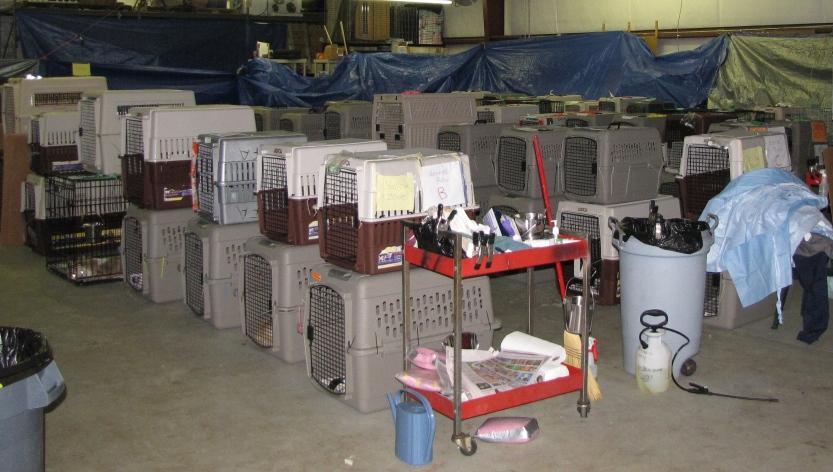
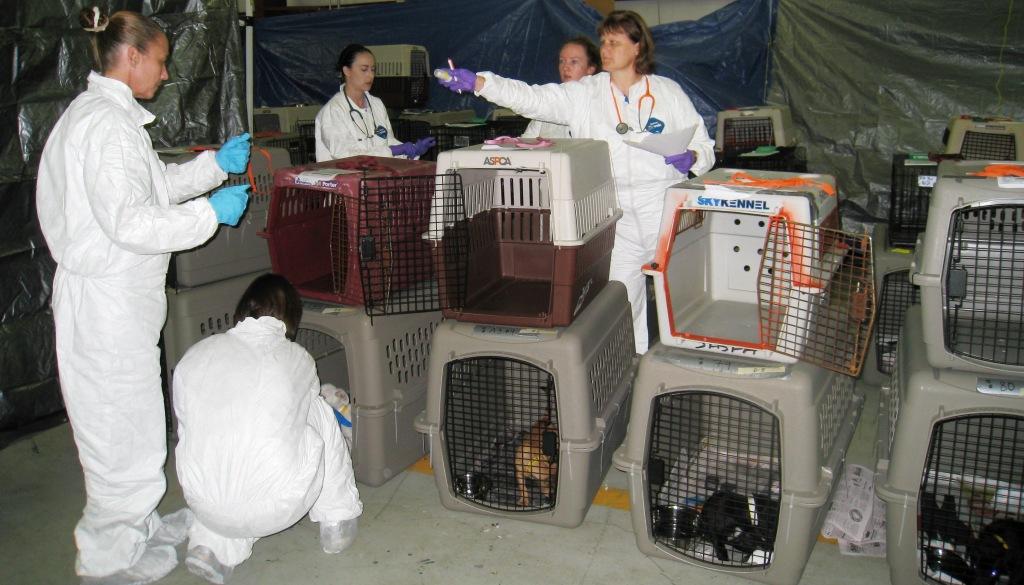
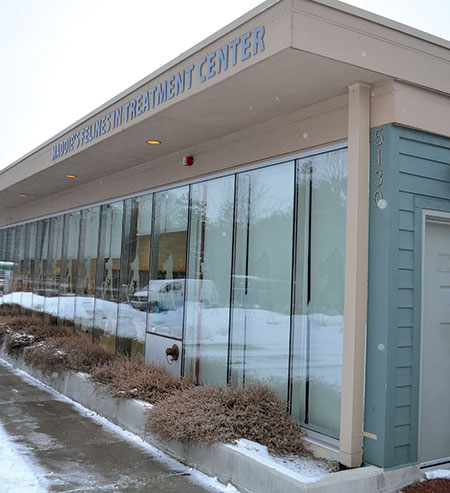
In 2003, Dane County Humane Society in Madison, WI started a treatment program for ringworm cats in a 1960’s-era trailer on the property. The trailer provided for isolation of the cats outside of the main shelter to reduce risk for disease spread and to free up space in the shelter for other uses. With funds provided by grants and donors, the shelter replaced the trailer in 2010 with a 2000-sq ft facility containing two isolation treatment sections: one for cats with ringworm only and one for cats with ringworm and URI. The Felines in Treatment (FIT) Center is managed almost entirely by volunteers and the program has treated more than 1200 ringworm cats since its inception.
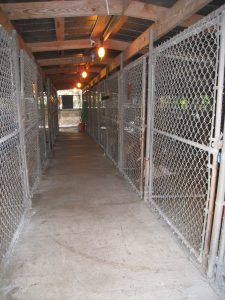
A Florida shelter with a canine distemper outbreak did not have an isolation room for long-term housing of infected dogs with a high probability for recovery. Instead of resorting to euthanasia, the shelter rented an old vacant boarding kennel building on the property of a veterinary clinic. The infected dogs stayed in the building for 2 months until they stopped shedding virus based on serial PCR testing.
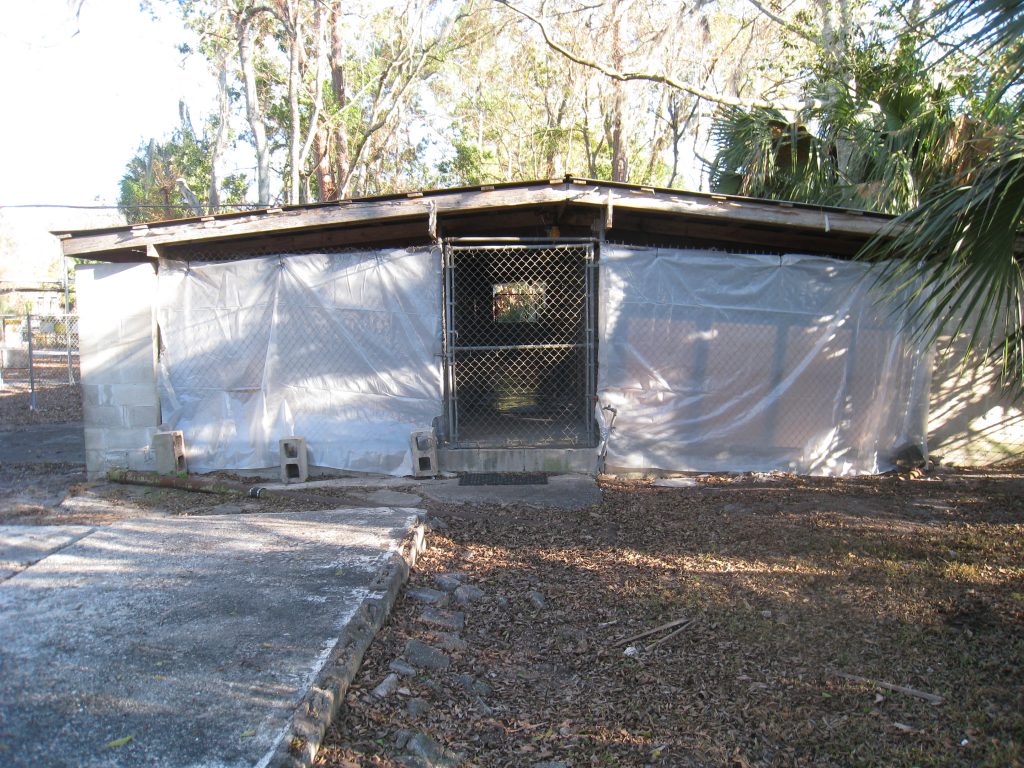
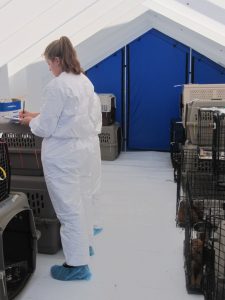
Another Florida shelter with a canine distemper outbreak did not have an isolation room large enough to house all the infected dogs or the number of staff required to care for them for a long period of time. The shelter reached out to a veterinary disaster response group for assistance. This team set up large air-conditioned tents on the property for housing the infected dogs and provided volunteers to care for the dogs. After 1 month, dogs still shedding virus were transferred to isolation wards in multiple veterinary practices to finish recovery. All of the dogs recovered and were adopted.
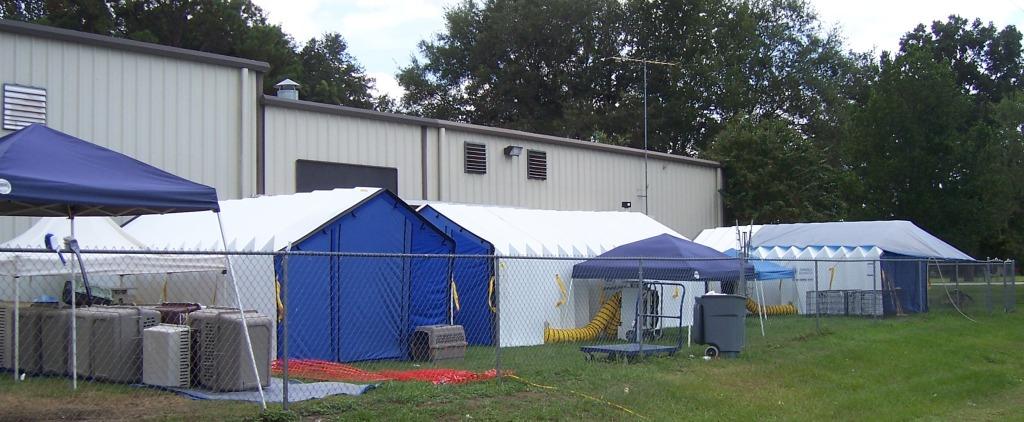
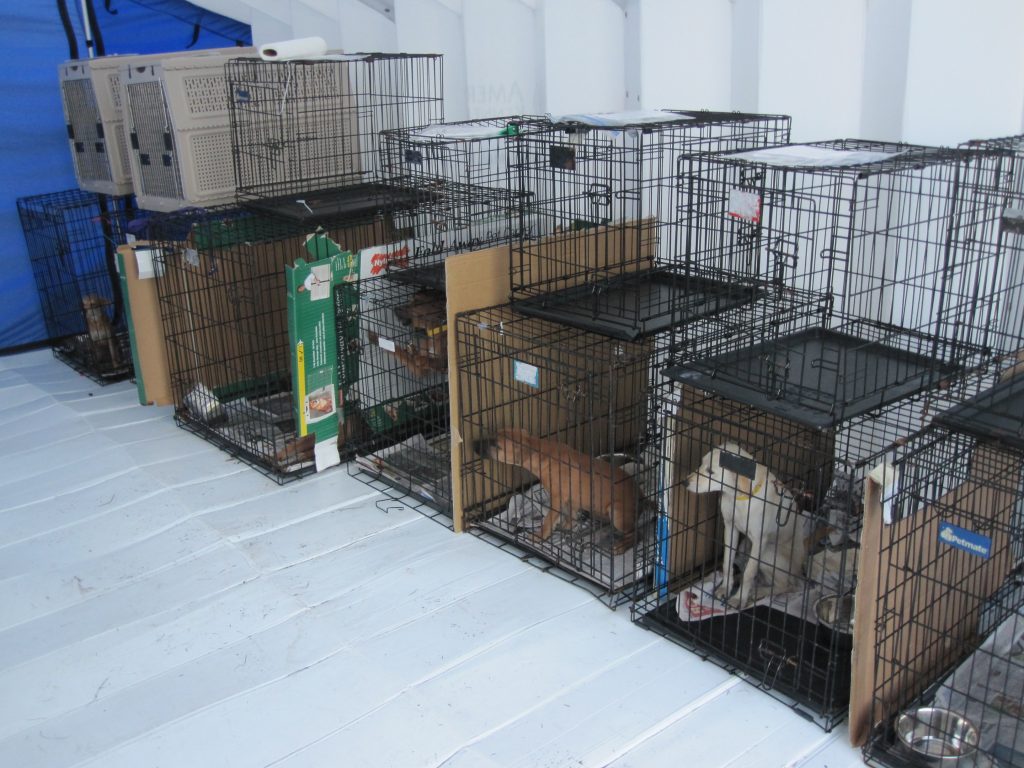
In 2018, the Philadelphia Animal Welfare Society (PAWS) converted a climate-controlled storage building on their property into a dedicated space for treating ringworm cats. The building was retrofitted with 16 stainless steel cages and a treatment area. Isolation of ringworm cats in this separate building freed up medical housing space in the main shelter for care of animals with other treatable diseases and conditions.
